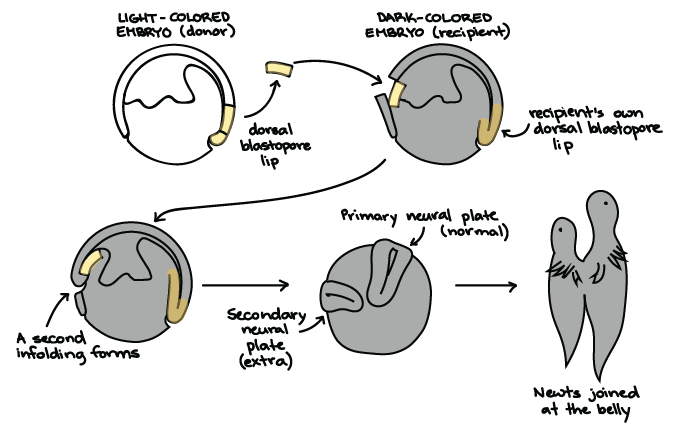

It is the morphogenetic movement (shifting) of blastomeres to form three germinal (Primary) layers ectoderm, mesoderm and endoderm with following features :ĭifferentiation of cells for future morphogenesis.Ĭharacteristic and the pattern of movement vary in different species.įormation of blastopore marks the beginning.įormation of archenteron and closure of blastopore mark the end of gastrulation.Ĭellular movement are primarily of two types : Superficial blastula : Blastula develops as peripheral structure around the central yolk.Discoblastula : Blastula is always formed as a disc over the underlying yolk.in all isolecithal (microlecithal) and mesolecithal eggs. Coeloblastula :A prominent blastocoel cavity is formed within e.g.Stereoblastula (solid blastula) : The blastomeres get arranged in a way that no or very small cavity is left.Its types vary according to the egg type. Later it assumes a shape and distinction of area on it with or without cavity (= blastocoel) and this stage is called blastula.

The early part of blastulation gives rise to a bunch of cells called morula (from 16 cell to 64 cell stage).Ĭells of morula are similar undergoes a phase of compaction and generate two types of cells : peripheral cells and inner cell mass, the ball may be solid or it may acquire a cavity within. some flatworms, annelids, most of molluscs and arthropods. Since the fate of blastomeres are determined from the beginning, it is a determinate cleavage. Resultant blastomeres get arranged at different position and every new generation of cell is thus placed at the spiral plane in relation to their mother cell. These two are indeterminate cleavage as the fate of cells are not determined in this stage. Biradial: The blastomeres get arranged on the planes of right and left sides, it is also basically of radial type e.g.sponges, coelenterates and some echinoderms. Radial : The resultant blastomeres get arranged in such a manner that the blastula acquires radial, symmetry e.g.Types of Cleavage and the resulting blastula and gastrula Meroblastic superficial : This cleavage results in a superficial layer of blastomeres around the central yolk e.g.g., centrolecithal eggs of insects.įig.Meroblastic discoidal : The division is restricted to animal pole side resulting in only plate like structure e.g., In polylecithal eggs of reptiles and birds.The cleavage furrow in macrolecithal egg does not divide the zygote completely and is restricted to only animal pole. Hence, the blastomeres on this side are bigger (macromeres) and on animal pole side are smaller (micromeres). Holoblastic unequal : On equatorial plane blastomeres are divided unequally due to higher amount of yolk on vegetal side. Holoblastic equal : The blastomeres are divided equally in size, occurs in isolecithal (or microlecithal) eggs. The cleavage furrow divides the zygote (or blastomere) completely. This primarily depends upon the type of egg The synchrony of division is maintained upto 64 cell stage. The first cleavage furrow appears at animal-vegetal axis (meridional)Ģ nd division is also meridional but at right angle to the first one forming four blastomeres.ģ rd division is equatorial resulting into eight blastomeres.Ĥ th furrow is again meridional forming 16 cell stage called morula.ĥ th furrow is equatorial though this may differ in different animals.

The rate of division depends upon the species (of animal) and the temperature. O 2 consumption is very high for high rate of metabolism. Rapid division is complemented by very fast DNA synthesis, but in human cleavage divisions are slowest in the animal kingdom. The nucleo-cytoplasmic ratio of the resultant cell after every division increases.Įarly few division in all blastomeres are synchronous (except in human). It is the mitotic cell division in zygote with following special features :Ĭell division without growth phase hence the cell number increases but size of embryo remains the same as that of zygote. Formation of embryo from zygote includes following stages :


 0 kommentar(er)
0 kommentar(er)
